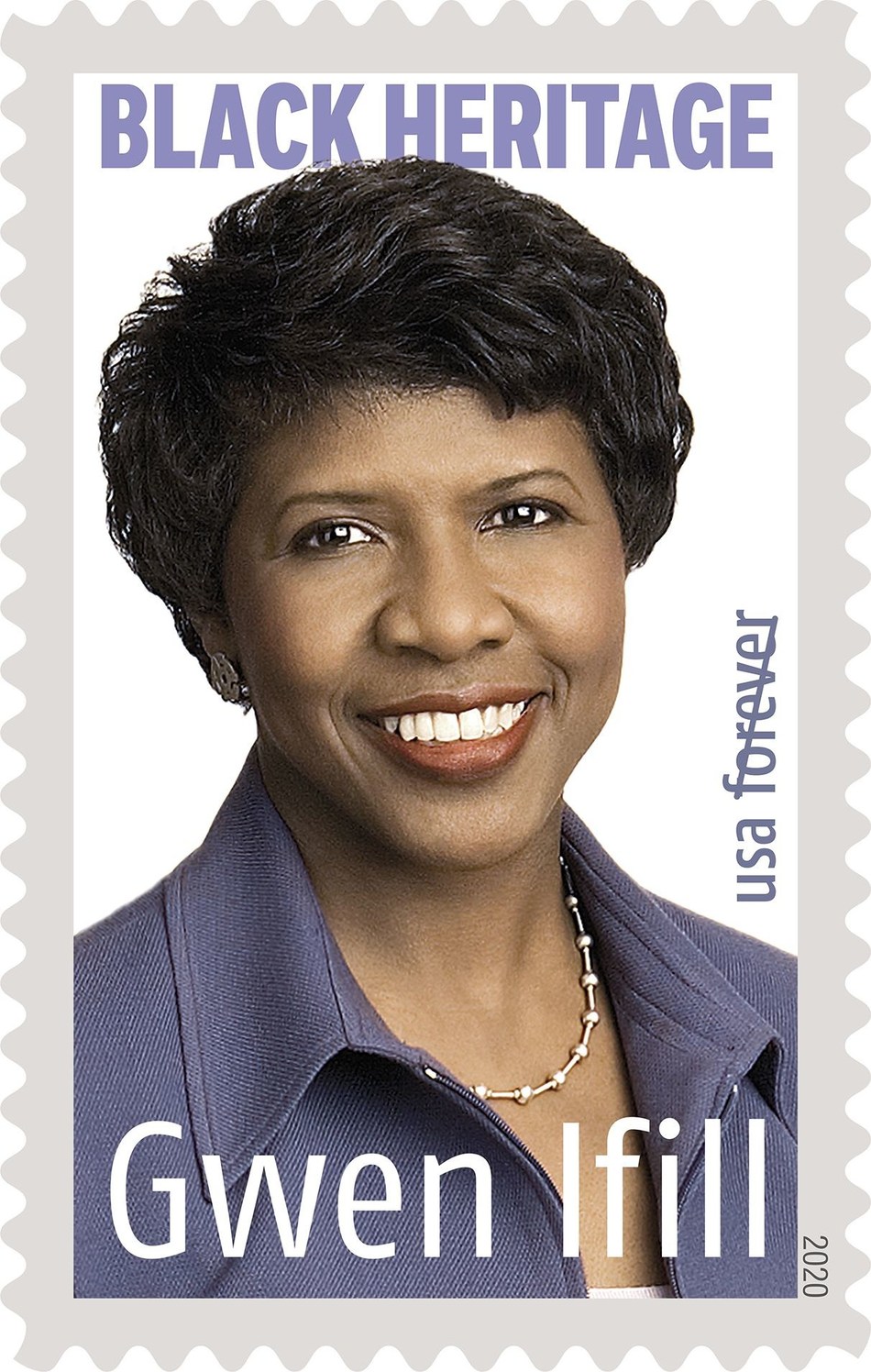![]()
![]()
![]()
![]()
![]()
![]() By 2020, 2.6 million new or replacement jobs will require an advanced degree. Yet a new report warns that the nation will not be able to tap graduate students with high-level knowledge and skills unless university, business, nonprofit and government sectors team more closely — and innovatively — than they do now.
By 2020, 2.6 million new or replacement jobs will require an advanced degree. Yet a new report warns that the nation will not be able to tap graduate students with high-level knowledge and skills unless university, business, nonprofit and government sectors team more closely — and innovatively — than they do now.
The report, Pathways Through Graduate School and Into Careers, calls for such changes in graduate education’s link to the workforce. It also calls for greater collaboration from key stakeholders in higher education and business and recommends broadening graduate education to include the development of professional skills essential to students’ success. The report was produced by a commission of university and business leaders convened by the Council of Graduate Schools (CGS) and Educational Testing Service (ETS).
“The nation’s capacity to thrive depends critically on our ability to out-innovate, out-create and out-think the world,” says Debra W. Stewart, President of CGS. “Our graduate schools are the place where high-potential people come together with talented faculty and develop the competencies to address the challenges and opportunities of the 21st century.”
Through in-depth interviews with employers, the report authors discovered that while employers indicate they value the skills and expertise of people with graduate degrees, they would welcome an emphasis on business savvy and teamwork, communication and problem-solving skills. Employers also contend that more graduate students need to be taught to innovate, apply their content knowledge to other areas and think like entrepreneurs, the report shows.
“To date, there has been little research to identify whether graduate students understand the relationship between their studies and future career options,” says Cathy Wendler, co-author of the report and Principal Director of Research at ETS. “If we can illuminate career pathways, we will ensure that students have a map or framework within which to make informed choices, employers will understand key factors integral to employee and employer success and universities will be able to adapt and improve programs to better meet workforce demands.”
The findings and recommendations are targeted to three sectors: policymakers, universities and employers. For example, the report recommends that federal policymakers provide support for studies that help us understand career pathways for graduate students and that they also consider establishing a Professional Plus Program for graduate students on research assistantships that will help prepare them for the variety of career options open to them.
“Higher earnings continue to be associated with advanced education levels,” says ETS President and CEO Kurt M. Landgraf.
“A recent study showed that across the 15 fields examined, individuals with a graduate degree earned an average of 38.3 percent more than those with a bachelor’s degree in the same field. In addition, the overall unemployment rate for individuals who hold graduate degrees traditionally has been lower than for those who hold an undergraduate degree. With such tangible economic benefits, why aren’t more students pursuing graduate school? Cost and family obligations are obvious reasons, but this report shows another major factor may be a lack of understanding of career options.”
The report also suggests that university officials should track career outcomes of their graduates; make stronger career counseling services available; connect graduate students with graduate alumni; broaden the focus of graduate education to include development of more professional skills; and build more opportunities for graduate school faculty and students to engage with industry, government and other sectors.
Finally, employers should enhance and expand collaborative relationships with their higher education counterparts; make strategic investments in graduate programs; provide additional internship and research opportunities for graduate students; offer sabbatical and research opportunities for graduate faculty; and provide financial assistance for employees wishing to pursue graduate studies.






